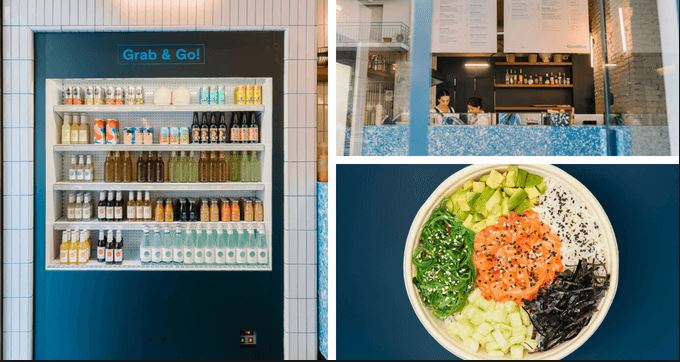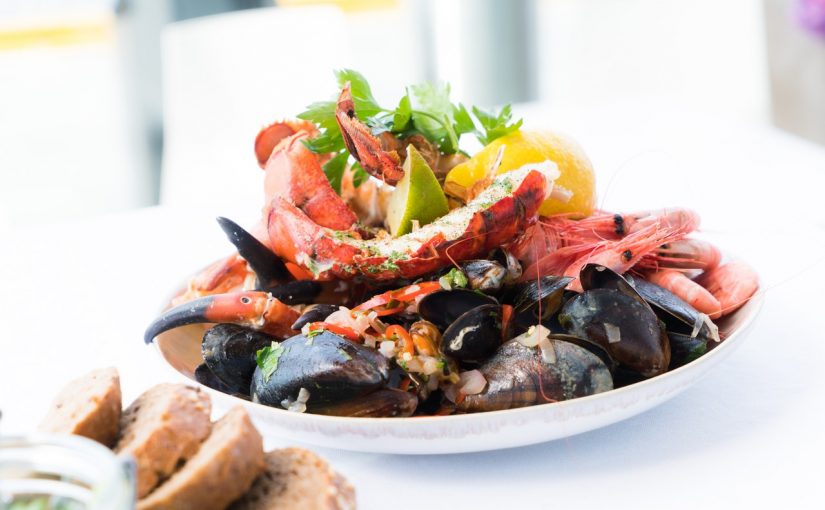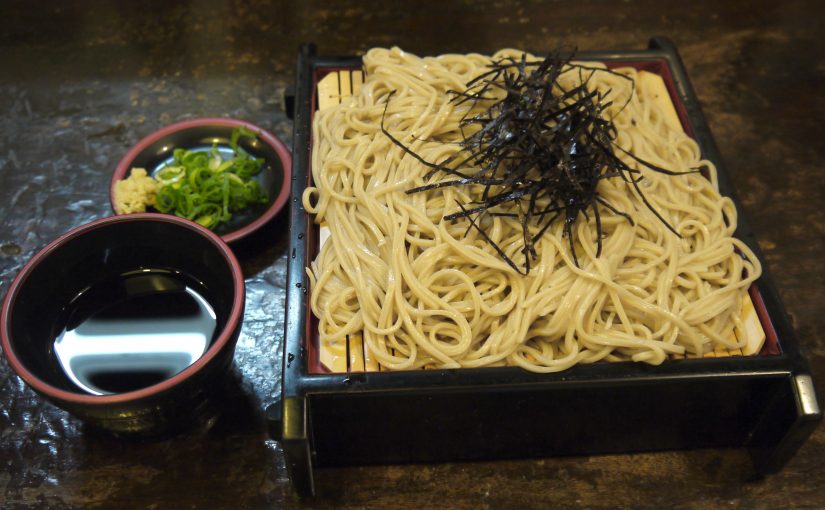Fish fast food. Who said that excellent fish dishes can only be eaten in the classic restaurant?
We tour around Italy looking for some new fast food of fish, where the delicacies of the sea mark is a Read more

Fish fast food. Who said that excellent fish dishes can only be eaten in the classic restaurant?
We tour around Italy looking for some new fast food of fish, where the delicacies of the sea mark is a Read more

For a restaurateur it is essential to ensure the quality of the fish. If this ingredient fails, then it will reflect badly on them and eventually fail in terms of revenue Read more

Dishes with algae
2017 has many novelties in store for the gastronomic scene, not least the dishes with seaweed.
We may have just touched 2017, but it has been an exciting year for those who love seafood and its Read more
